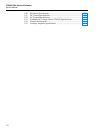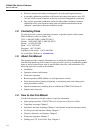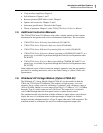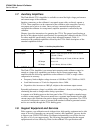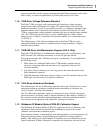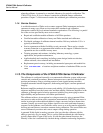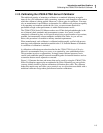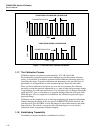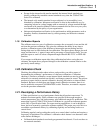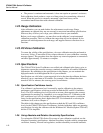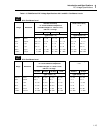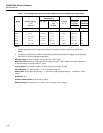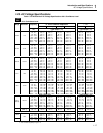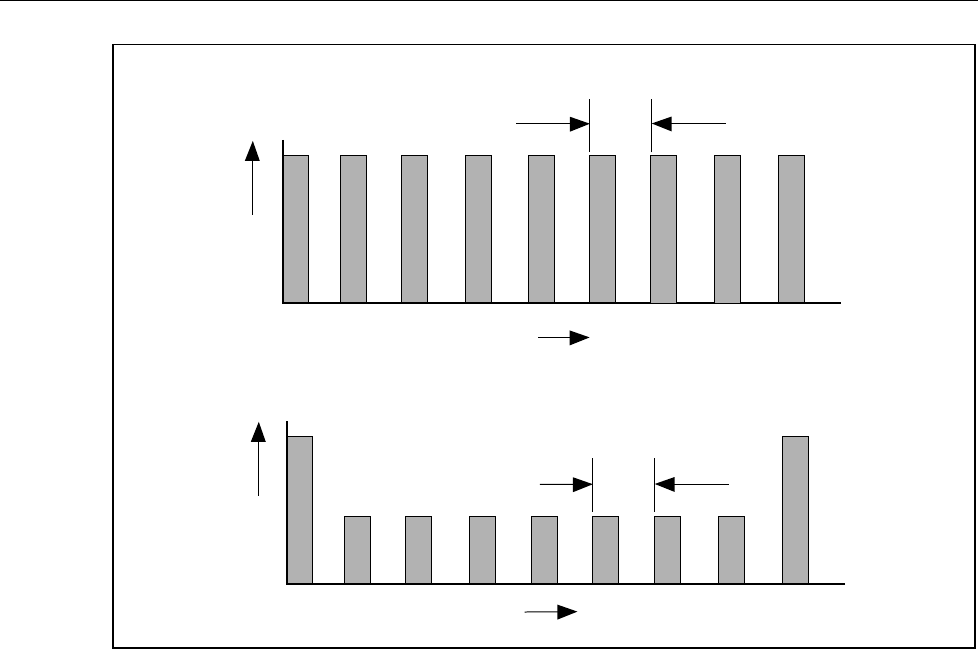
5700A/5720A Series II Calibrator
Service Manual
1-10
COST $
COST $
CALIBRATION CYCLE
CALIBRATION CYCLE
TRADITIONAL CALIBRATOR CALIBRATION
5700A/5720A SERIES II CALIBRATION
TIME
TIME
f1-1.eps
Figure 1-1. Time and Costs: Calibrator Calibration
1-17. The Calibration Process
Calibration requires only three external standards: 10V, 1Ω, and 10 kΩ.
Environmentally-controlled internal check standards provide the primary reference
points. A stored table of calibration constants defines additional reference points for
controlling the output. Traceable calibration and adjustment to the specified level of
performance is accomplished in a semi-automated process that revises this table.
When you finish calibration, but before you save the new constants, the calibrator
presents you with the proposed adjustments as +/- ppm of range and percentage change
in specification for each range and function. You can print a list of changes through the
serial (RS-232C) port, or send them to a computer through either the serial port or the
IEEE-488 port. Also on completion of calibration, the calibrator displays the largest
proposed change.
Calibration can be completed as far as deriving and printing the proposed adjustments
without changing the setting of the rear panel CALIBRATION switch; however, the
switch must be set to ENABLE to store the changes in nonvolatile memory and make
them effective. The switch is recessed to allow the metrologist to cover it with a
calibration sticker to guarantee calibrator integrity.
1-18. Establishing Traceability
Traceability to national standards is established as follows:



